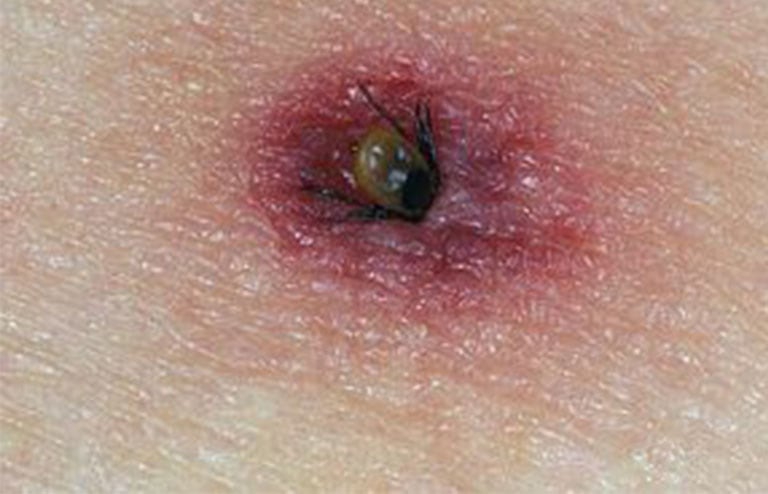Some pests live off blood from humans and organisms, others consume skin cells, and still others only bother humans when they’ve been disturbed themselves. Knowing how to treat bug bites is easiest when you can identify them by the bite’s appearance, the anatomy of the species, and by being aware of what pests are in your environment.
While most bites from pests bring only minor discomfort, some are painful, and a few are deadly. Along with headline-grabbing illnesses like Lyme Disease, Rocky Mountain Spotted Fever, Zika, and West Nile Virus, the medical community has seen severe allergic reactions to different insects and arachnids.
While certain pest bites lead to disease and viral infections, the greatest risk in many cases is a secondary infection from scratching the affected area. Use this bug bite identification guide to learn about and identify the most common bites and stings from wildlife in North America.












